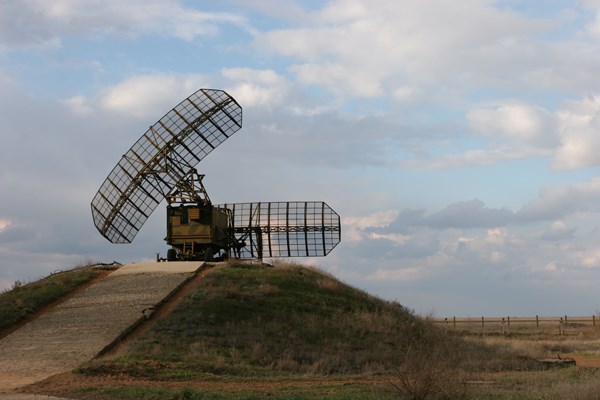Russia to deploy two high frequency radars in Arctic ‘to counter hypersonic missile threats’
Rezonans-N radar stations capable of detecting hypersonic missiles will be deployed in the Kola Peninsula before the end of the year, reports TASS citing a source in the Russian defense industry.
"To improve the combat capabilities of the Northern Fleet, two Rezonans-N stations will be deployed in the Kola Peninsula in 2020. One radar has already been installed, the second has been delivered to the peninsula and is expected to be installed before the end of 2020," the source said.
Previously, the Northern Fleet received three such stations: two in the Arkhangelsk region, another in the Novaya Zemlya archipelago. Thus, the source noted, "by the end of the year, five "hypersonic hunters" will monitor possible missile routes in the area of responsibility of the fleet."
Another defense source told TASS in January that the General Staff of the Russian Armed Forces had decided to order five more Rezonans-N stations. These radars are planned to be installed to the east of the Novaya Zemlya archipelago.
The ultra-high frequency Rezonans-NE radar system can detect, identify and provide targeting information for aerodynamic targets up to 600 km away, ballistic targets up to 1,200 km away, and at altitudes of up to 100 km. A unique characteristic of the system is its lack of rotating antenna: it obtains a circular view of space electronically, which improves the reliability of the detectors, lengthens their lifespans and reduces power consumption. The radar station has been especially modified to operate in Arctic conditions.
The Pentagon says that the development of hypersonic means for the U.S. military is the number one priority. According to the United States Air Force, at least one type of U.S. hypersonic missile should be tested by 2022.
